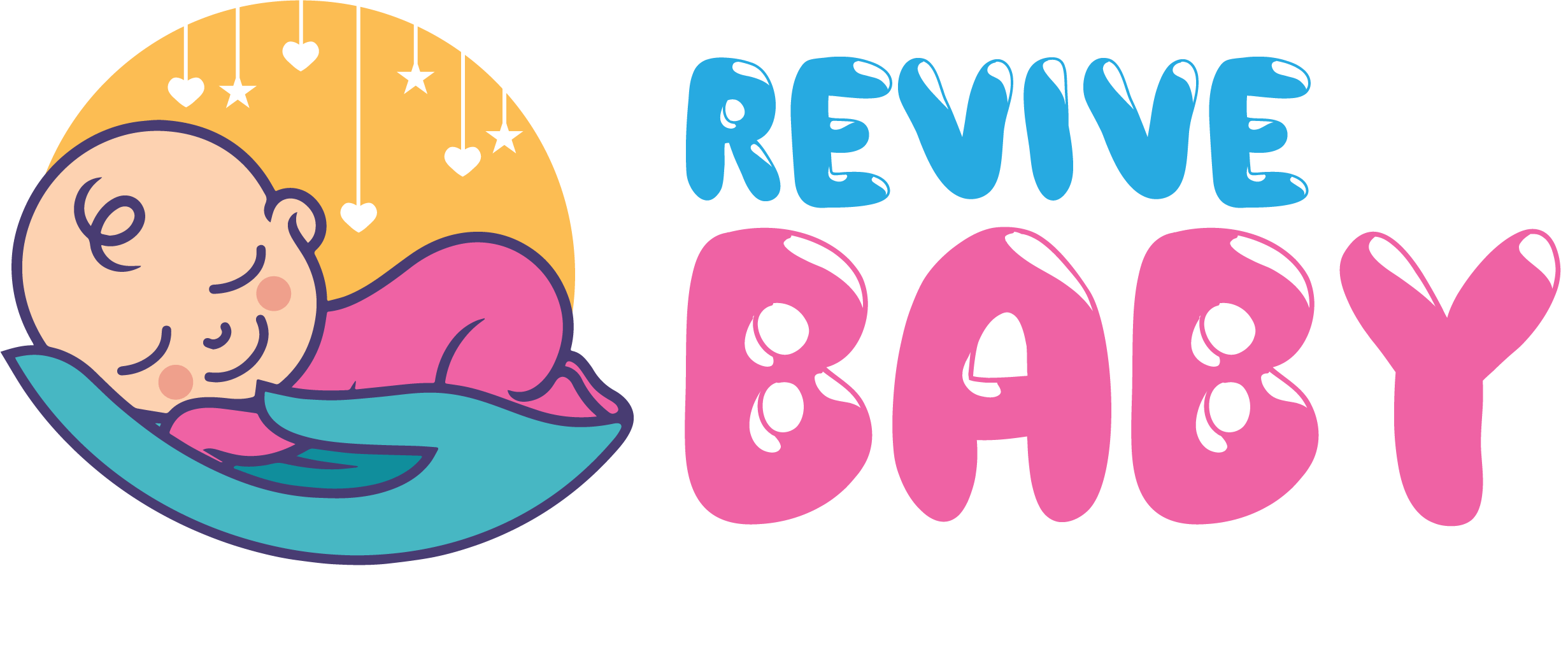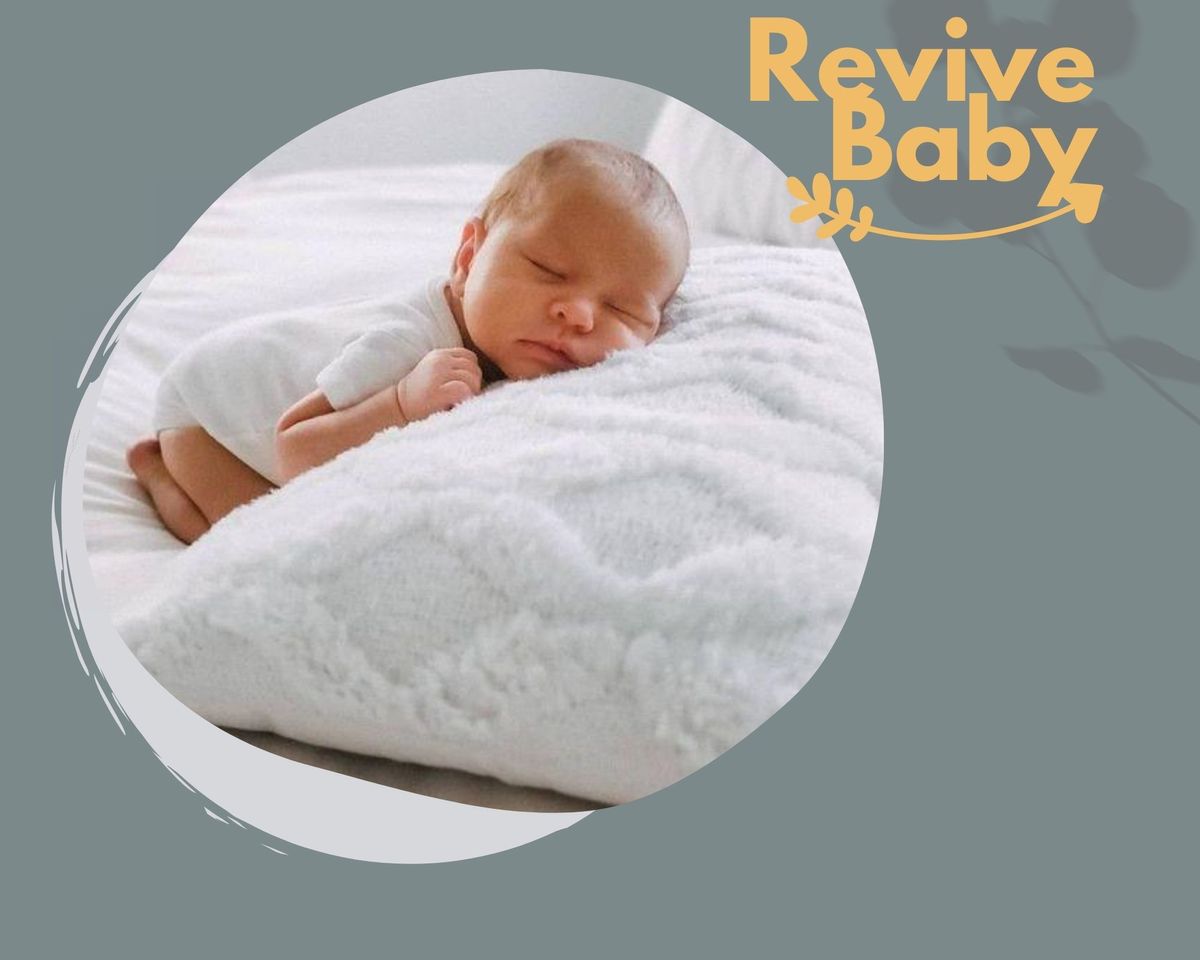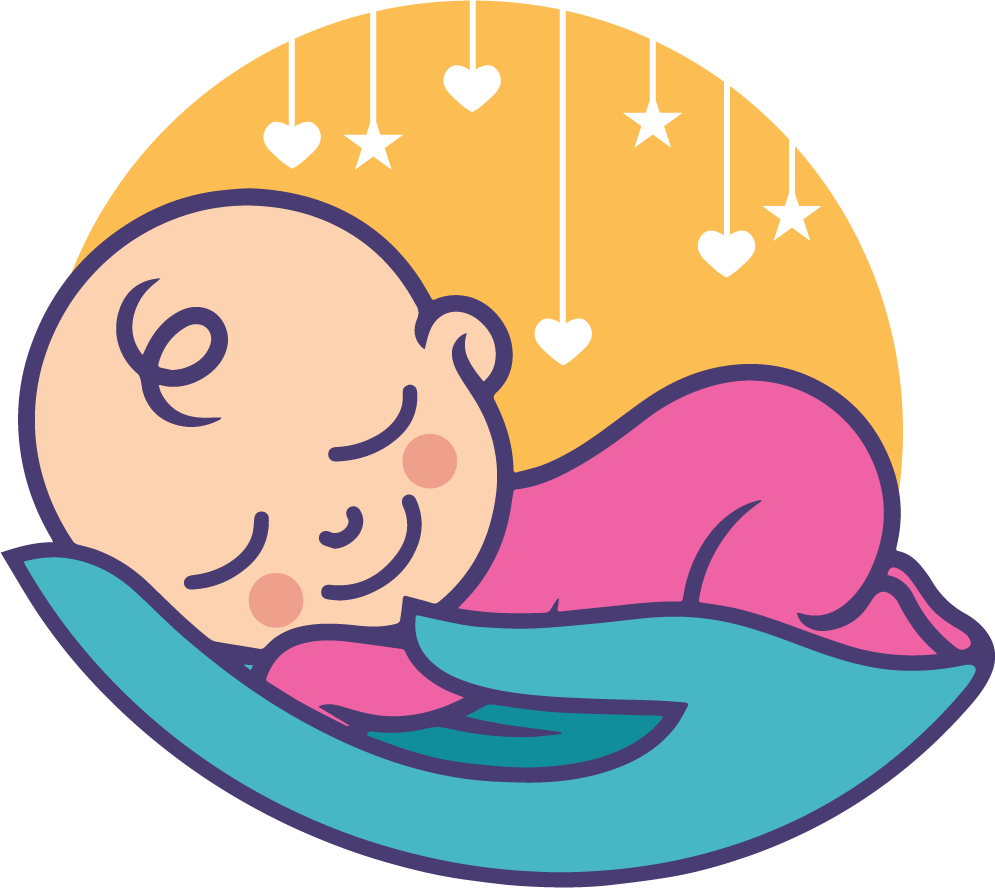the tiny fingers and toes, and the undeniable charm of their evolving face — all hold an indescribable allure. By understanding the characteristics of a 4-week-old infant, we can gain knowledge by watching insights into their growth and appreciate the uniqueness of each child's development.
Throughout this article, we will unravel the visual tapestry of a 4-week-old baby, painting a vivid picture of their physical attributes at this early stage. From their still-emerging facial features and soft, pliable skin to the captivating reflexes they exhibit, we will explore the wonders that encapsulate this tender age.
It is essential to remember that every baby is a precious individual, and their growth journey is as unique as their fingerprint.
Staying informed about your baby's development can help you avoid issues with diaper sizing. However, if you mistakenly purchase the wrong diaper size, you must be aware of the diaper exchange policies retailers offer. By familiarizing yourself with these policies, you can ensure a hassle-free experience in exchanging diapers for the correct size. Remember, staying informed and prepared can save you time and provide the best comfort for your little one.
The Development of Your 4-Week-Old Child
As your child reaches the age of 4 weeks, they have made significant progress in their development since birth. Here are some key areas of development you can expect to see:
Physical Growth: By 4 weeks, your baby will have gained weight and length since birth. They will continue to grow rapidly during this period, although the rate may vary between individual babies. It's important to monitor their growth by regular check-ups with a pediatrician.
Motor Skills: At 4 weeks, your baby's motor skills are still in the early stages. They may begin to show some minimal head control while lying on their tummy or being held upright with support. Their movements might be jerky and uncoordinated, but this is normal as their nervous system develops.
Visual Development: Your baby's vision is improving, and it will focus more on objects and people. They can track objects moving in front of them and may show interest in faces, particularly their caregivers' faces. Black and white patterns or high-contrast images can capture their attention.
Social Interaction: Around 4 weeks, your baby will show increased social responsiveness. They may smile in response to your voice or touch and engage in limited social interactions. Your baby will also start to differentiate between familiar voices and strangers.
Sleep Patterns: At this stage, your baby's sleep patterns may become more regular, with longer periods of sleep at night. However, it's important to remember that sleep patterns can still be unpredictable, and newborns wake frequently for feeding and comfort.
Sensory Development: Your baby's senses continue to develop and become more refined. They will become more aware of their surroundings and may prefer certain sounds or sights. They may also display sensitivity to loud noises or sudden movements.
A Baby's Appearance At The Age Of 4 Weeks

Here are some general characteristics of a newborn baby at the stage of 4 weeks:
Size: The average length of a baby at 4 weeks is around 1 inch (2.5 centimeters). However, keep in mind that newborn sizes can change or keep changing. This is an approximate figure.

Head: The baby's head is relatively large compared to the rest of the body. It may still appear somewhat distorted due to molding during birth.
Face: The baby's facial features begin to form but may still look indistinct. The eyes may be wide-set, and the nose and mouth are gradually taking shape.
Skin: The baby's skin is typically thin and delicate and may have a reddish or purplish hue. It's common for newborns to have some degree of peeling or flaky skin.
Hair: Some babies may have a fine layer of hair, often called lanugo, covering their bodies. This hair is usually more noticeable in premature babies.
Ears: The ears are still in the growing stages of development and may appear low-set in relation to the rest of the head.
Limbs: The baby's arms and legs are relatively short and may appear stubby. Fingers and toes are still forming and may have a webbed appearance.
Reflexes: At 4 weeks, babies exhibit some primitive reflexes, such as the Moro reflex (startle reflex) and the rooting reflex (turning their head toward stimuli touching their cheek).

Understanding the Developmental Journey of a Baby

Overview of Rapid Growth and Changes during Early Infancy
The first few weeks of a baby's life are incredible growth and development. They embark on rapid physical, cognitive, and emotional transformations from birth. During this early infancy stage, their bodies and minds undergo significant changes as they adapt to the world outside the womb.
Babies experience substantial weight, length, and head circumference growth in the first four weeks. Their muscles and bones strengthen, making their sensory systems more attuned to the environment. They gradually gain control over their reflexes, and their ability to interact with their caregivers begins to emerge.
Significance of the 4-Week Milestone in a Baby's Life

The 4-week milestone holds particular significance in a baby's life, marking one month of growth and development. By this time, they have already shown remarkable progress since birth. It's a time when caregivers can reflect on their baby's journey and marvel at the changes that have taken place.
At 4 weeks, babies often exhibit increased alertness and engagement with their surroundings. They may make eye contact, respond to familiar voices, and display early social interactions.
This milestone also marks a period of adjustment as parents become more acquainted with their baby's unique needs and patterns.
Additionally, the 4-week mark is a useful reference point for tracking development. It allows caregivers and healthcare providers to monitor a baby's growth, motor skills, visual responsiveness, and emerging abilities.
Tips for Nurturing and Engaging with a 4-Week-Old Baby

Creating a Nurturing and Stimulating Environment for Optimal Growth
- Provide a safe and comfortable space: Ensure that your baby's environment is clean, quiet, and free from hazards. Create a cozy area where they can spend tummy time and explore their surroundings.
- Engage in gentle touch and physical contact: Regularly hold, cuddle, and gently touch your baby. Skin-to-skin contact promotes bonding and emotional security and can help regulate body temperature and heart rate.
- Establish a consistent routine: Babies thrive on routine, providing security and predictability. Establish regular feeding, sleeping, and playtime schedules to help them feel more secure and develop a sense of structure.
- Talk and sing to your baby: Engage in frequent conversations with them, even if they don't understand the words. Your voice provides comfort and stimulation for their developing auditory system. Singing songs and nursery rhymes can be particularly soothing and entertaining.
- Use a variety of sensory stimuli: Introduce different textures, sounds, and visuals to stimulate your baby's senses. Offer soft toys, rattles, and age-appropriate mobiles to encourage sensory exploration.
Interactive Activities to Support Developmental Milestones
- Tummy time: Place your baby on their tummy several times daily. This helps strengthen their neck and upper body muscles and prepares them for future motor milestones like rolling and crawling.
- Encourage visual tracking: Hold colorful objects or toys in front of your baby and move them slowly from side to side. This stimulates their visual development and encourages them to track objects with their eyes.
- Engage in gentle massage: Gently massage your baby's limbs and back using slow, rhythmic strokes. This promotes circulation and relaxation and enhances body awareness.
- Play peek-a-boo: Cover your face with your hands or a cloth and then reveal yourself, saying "peek-a-boo!" This game helps develop object permanence and enhances your baby's social and emotional connections.
- Sing and dance together: Hold your baby while swaying, dancing, or bouncing to music. The rhythm and movement stimulate their vestibular system and provide opportunities for bonding and engagement.
FAQs
Q. Is it okay for babies to sleep a lot?
A. Yes. It is completely fine. Babies do not have a sense of morning or night time, and they ensure smooth development and growth; they spend most of their sleeping.
Q. In what instances should four-week-old babies react?
A. Babies usually react to their name or whenever they are being addressed. They must also react to interact in their way whenever anyone is playing with them. They must also cry to show they are hungry or having any issues.
Conclusion
The baby at four weeks will still be sleeping a lot and feeding most of the time but he will also have wake times where you can sense a hint of a smile or cooing sound that will surely make your day.










